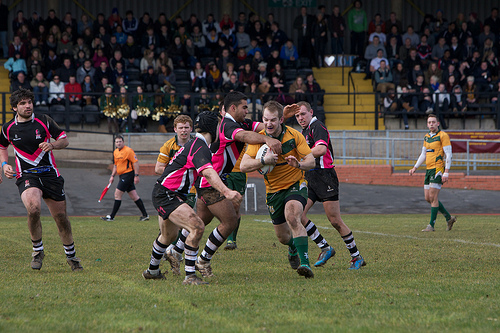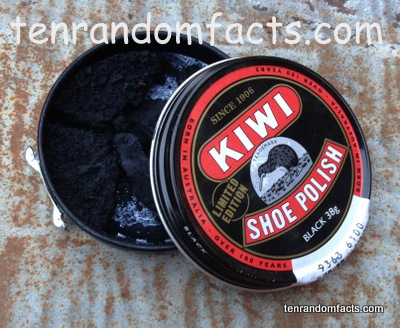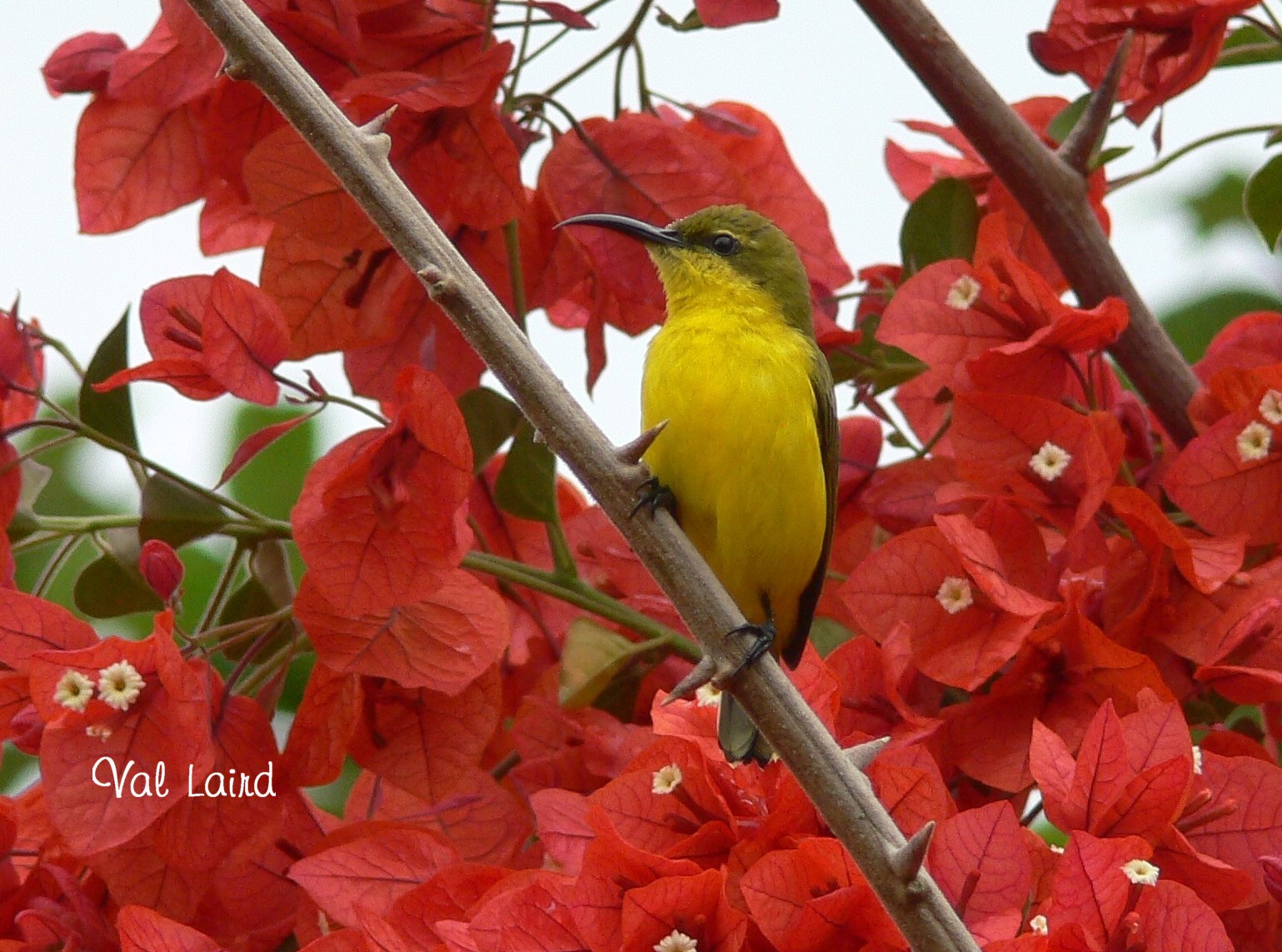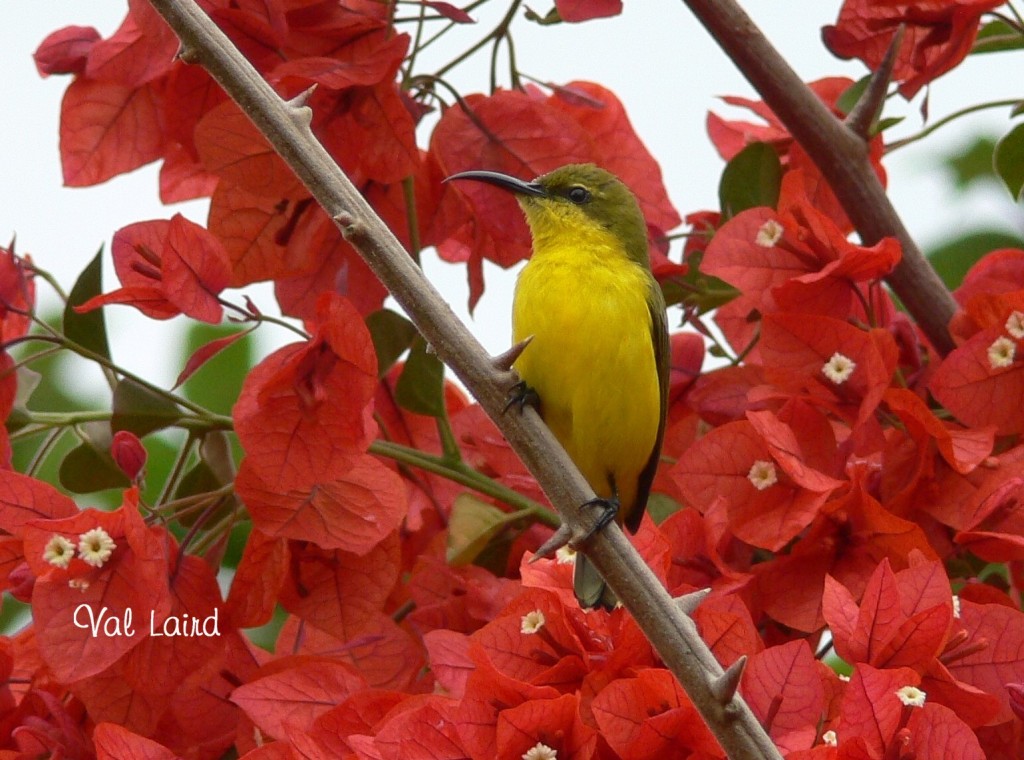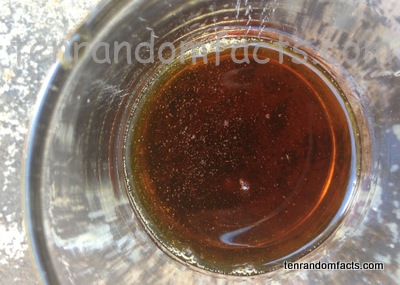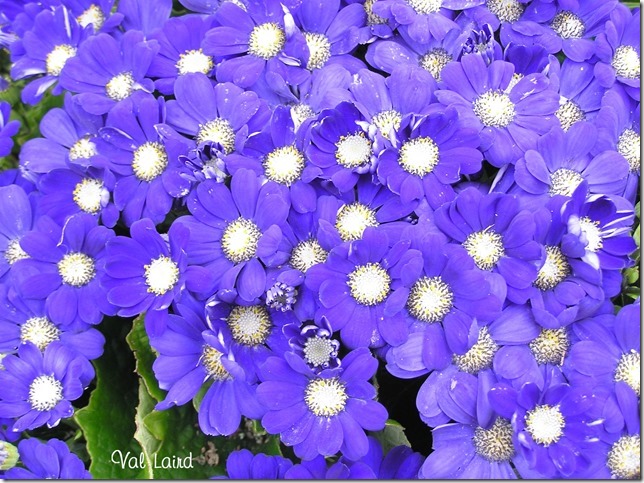
Intensely coloured flowers…
- The Florist’s Cineraria is commonly known as ‘Cineraria’.
- Florist’s Cinerarias are a flowering plant from the family Asteraceae, and their official name is Pericallis x hybrida.
- Florist’s Cinerarias are a small, bushy plant that grow to 30 -60 cm (1 -2 ft) in height.
- Florist’s Cinerarias are a hybrid of two types of Pericallis, ‘Pericallis cruenta’ and ‘Pericallis lanata’, which are native to the Canary Islands, off the coast of northwest Africa.
- The British Royal Gardens developed the hybrid Florist’s Cineraria in 1777.
Image courtsey of Val Laird
- Florist’s Cinerarias were originally part of the genus ‘Cineraria’, and were known as ‘Cineraria x hybrida’, however the genus ‘Cineraria’ now only contains South African species.
- Florist’s Cineraria flowers can be blue, purple, rose, white, or pink coloured, and often the base of the petals are white.
- The Florist’s Cineraria is a perennial plant, although it is commonly grown as an annual, especially in cold climates.
- Florist’s Cinerarias are a popular garden plant and are easily grown from seed.
- Aphids are one of the pests that can attack Florist’s Cineraria, and can damage the plant so that the foliage loses some of its brilliant green colour.




